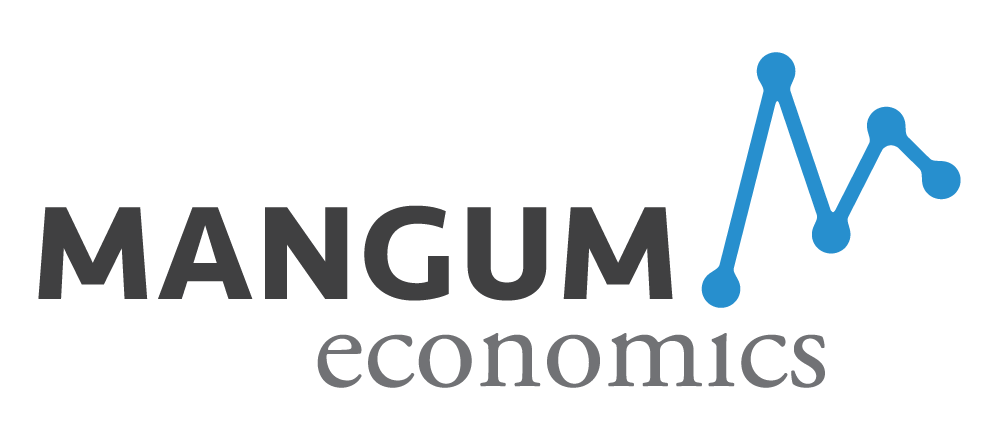According to the latest data made available by IHS Markit, the eurozone continues to grow at a record pace. The final reading of the IHS Markit Eurozone PMI Composite Output Index for May 2017 remained at 56.8, unchanged from April's final reading.
Output expansion in the zone was bolstered by the strong growth of new business while high levels of new orders spurred faster job creation, leading to a marked rise in employment. The manufacturing sector led the overall expansion with goods production rising at a rapid pace.
This steady rate of growth is led by the "big two" nations, France and Germany. In Germany, growth was attributed to an increase in manufacturing production while in France, growth came as a result of a strong performance in the service sector.
The IHS Markit Eurozone PMI Services Business Activity Index came in at 56.3, a slight decrease from 56.4 in April. According to the release, all "big four" economies (including France, Germany, Spain, and Italy) saw an increase in output, with the expansion of eurozone services business activity sparked by an increase in new orders. This increase also led to an increase in job creation and a corresponding increase in staffing levels.
In conclusion, Chris Williamson, Chief Business Economist at IHS Markit, stated, "The final PMI readings add to mounting evidence that the eurozone is enjoying a strong second quarter, consistent with GDP rising at a 0.7% rate...The outlook for the eurozone economy therefore seem to be tilting to the upside and it seems likely that we'll start to see many forecasters' expectations for 2017 growth revised higher".
Final reports on IHS Markit PMI readings for France and Germany in May 2017 are also available.





